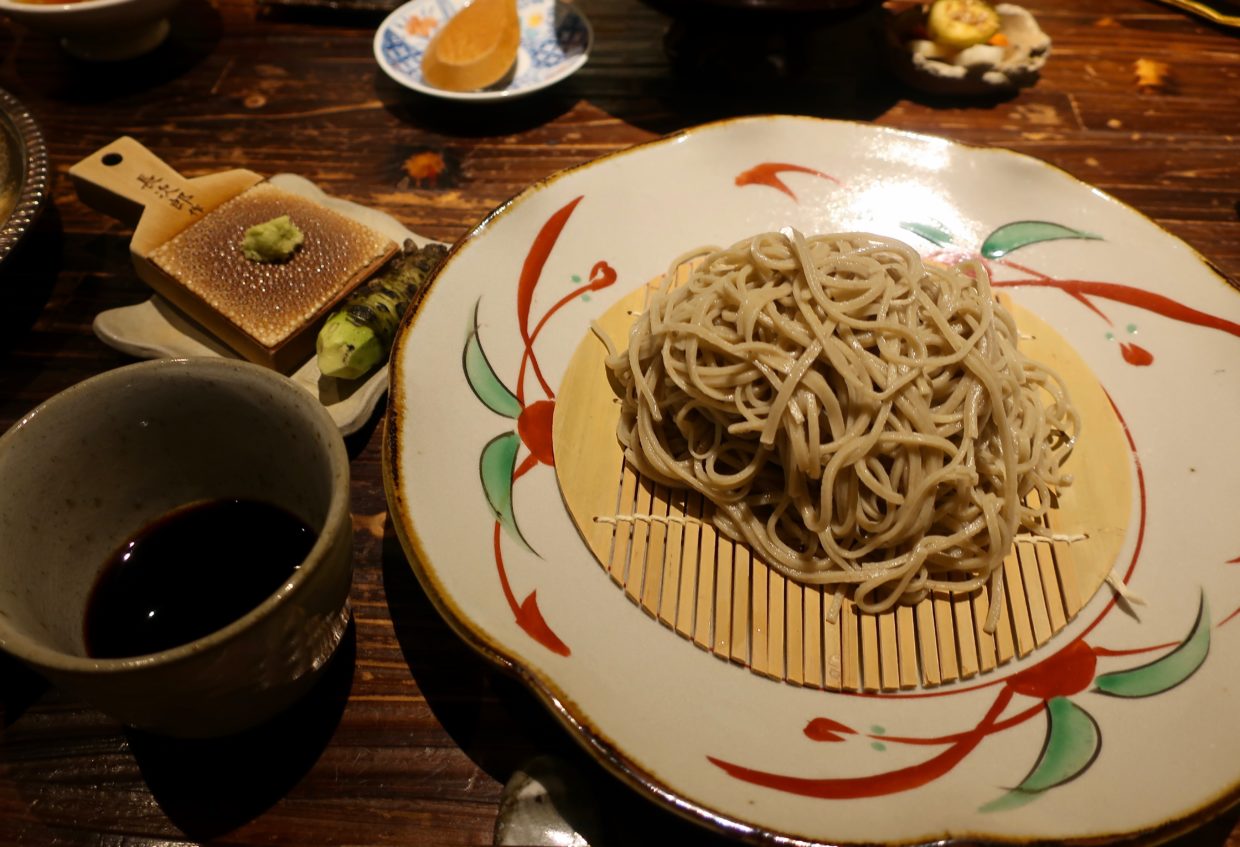After exploring around Nichirinji, we moved to the next place to have lunch.
This time we chose 手打ちそば たか木(Teuchi-soba Takaki) which is a soba(buckwheat noodle) restaurant.

Photo credit : Chieko @untappedkumamoto
‘手打ち(teuchi)’ means handmade so they make soba from soba flour at the restaurant, not in a food factory.
When it comes to soba in Kumamoto, people think of Aso but we can also eat delicious soba in Yamaga since the water is very clean so that they can get very good quality of soba wheat there.
At Takaki, they provide 十割そば(Ju-wari soba) which means that they don’t use usual flour at all(Ju-wari means 100%).
Because soba doesn’t have gluten in it, they need good fresh soba flour and professional skill to make good noodle.
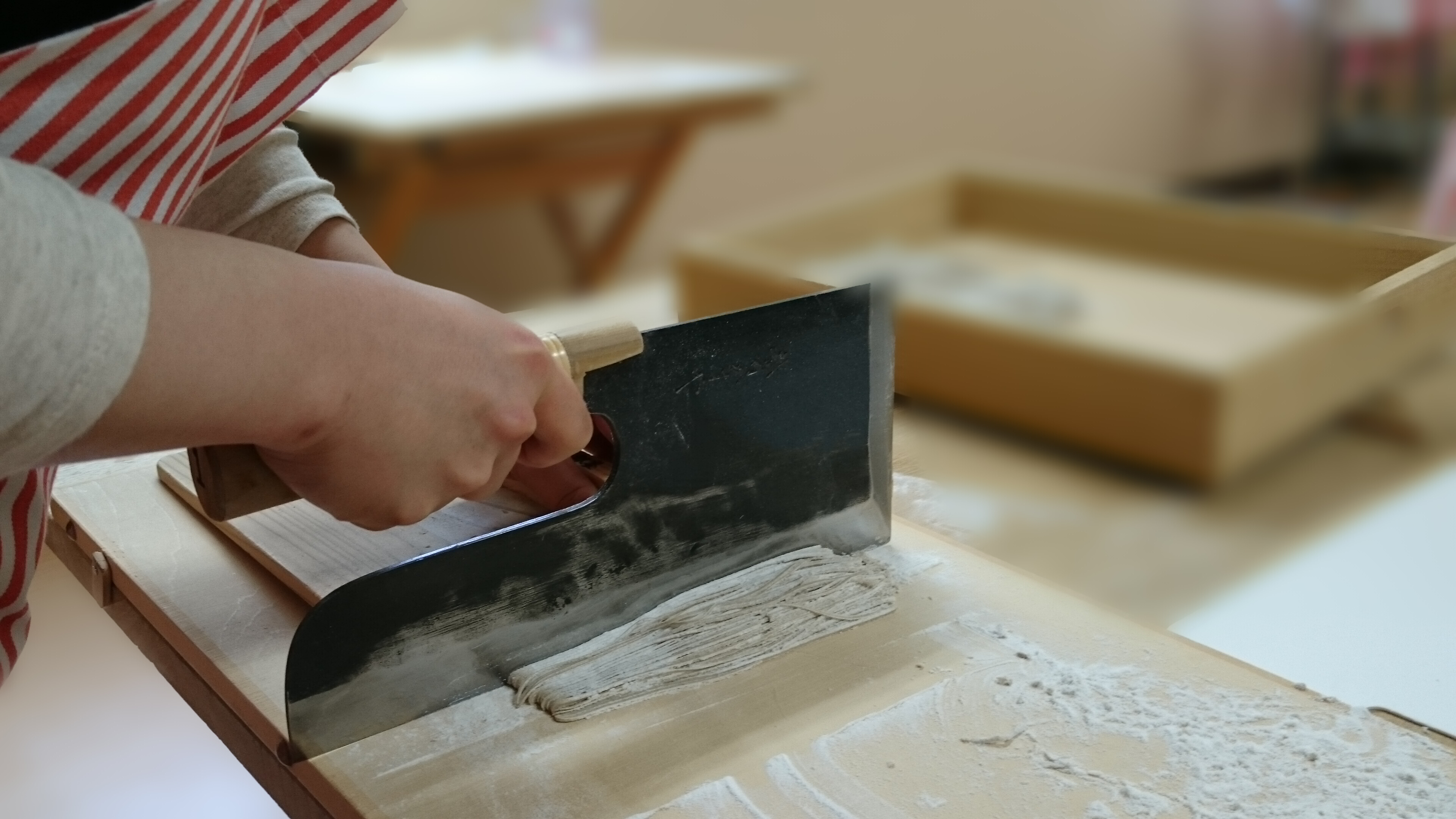
https://www.photo-ac.com
Most of the time, people mix usual flour of 20%(this soba is called ‘二八そば(Nihachi soba)’ because of the ratio, 20% of usual flour and 80% of soba flour) so that they can easily make soba noodle but the aroma and the taste of the soba isn’t good as Ju-wari soba.
Recently, because of the popularity of gluten-free movement, Ju-wari soba is highlighted as a good choice.
Moreover, Ju-wari soba is very aromatic and nutritious.
So if you find a soba restaurant which offers Ju-wari soba, it means that the restaurant is proud of their soba and their skill.

Photo credit : Chieko @untappedkumamoto
As always, we were the first customers.
It was nice and cozy.
Me and one of my friend ordered ざるそば(zaru-soba, means cold soba) and shared 天ぷら(tempura).

Photo credit : Chieko @untappedkumamoto

Photo credit : Chieko @untappedkumamoto
The other friend ordered 天丼(tendon) which is a bowl of rice with tempura on top.

Photo credit : Chieko @untappedkumamoto
We were just relaxing after spending a lot of time outside in Yatani gorge and Nichirinji temple.
Zaru-soba was served with fresh わさび(wasabi, means horseradish).

Photo credit : Chieko @untappedkumamoto
Usually, we buy wasabi in a tube at supermarkets so it was interesting to see the real one.
The grater is called 鮫肌(Same-hada , means shark skin).
The surface of shark skin is rough and covered with enamel so it’s suitable for a grater and it enables us to get smoothly grated wasabi which has fresh, sharp aroma and taste.
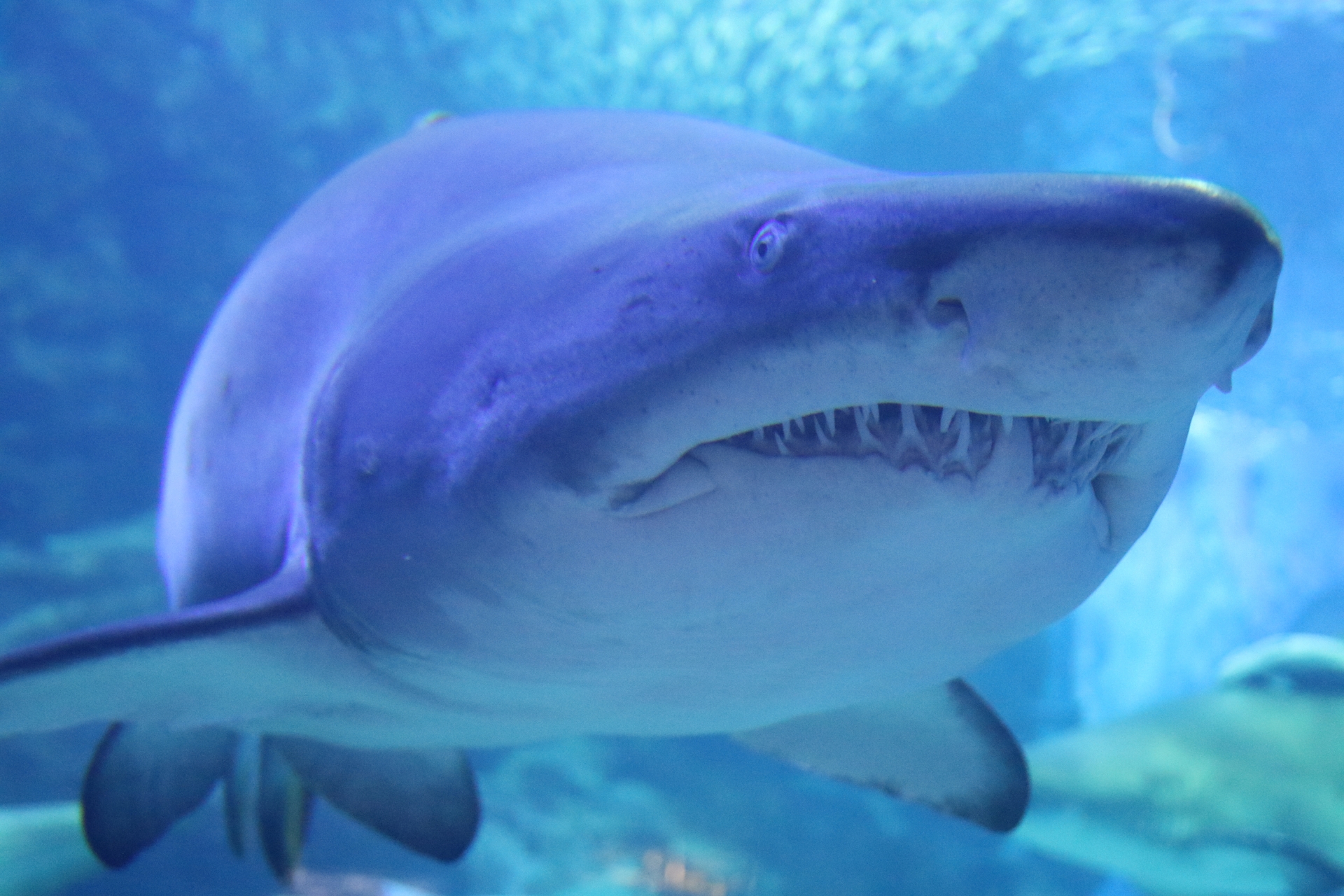
https://www.photo-ac.com
In 江戸時代(Edo period, 1603-1868), carpenters used shark skin for processing the surface of timbers.
One chef noticed that and converted this idea for cooking.
What a creative and brilliant idea!
The aroma of soba was beautiful with fresh wasabi(if you can’t eat spicy food, it may be better to skip, but I’d like you to give it a try!).
Tempura was also very good and nicely deep fried which is slightly oily but light.
It’s close to 八千代座(Yachiyoza) which is a traditional theatre and it sometimes has kabuki and other plays.
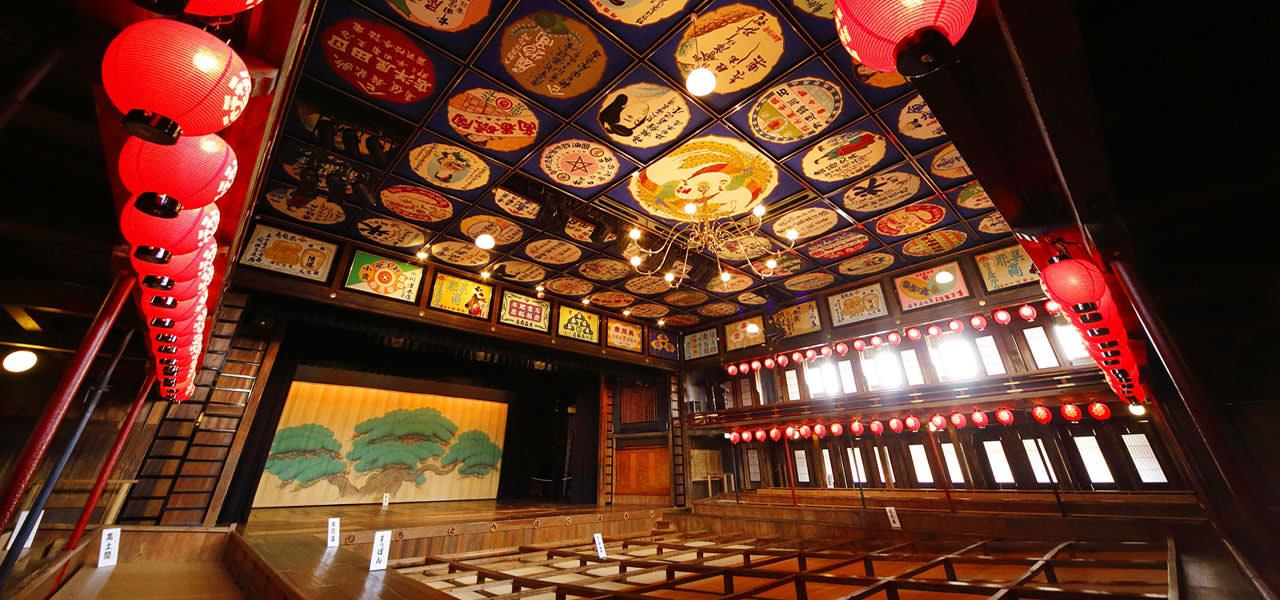
Source: 山鹿探訪なび https://yamaga-tanbou.jp/yachiyoza/
When they don’t have any show, you can look around inside.
If you want to learn and try authentic soba and tempura, visit Takaki.
I’m sure you’ll experience beautiful Japanese food culture.
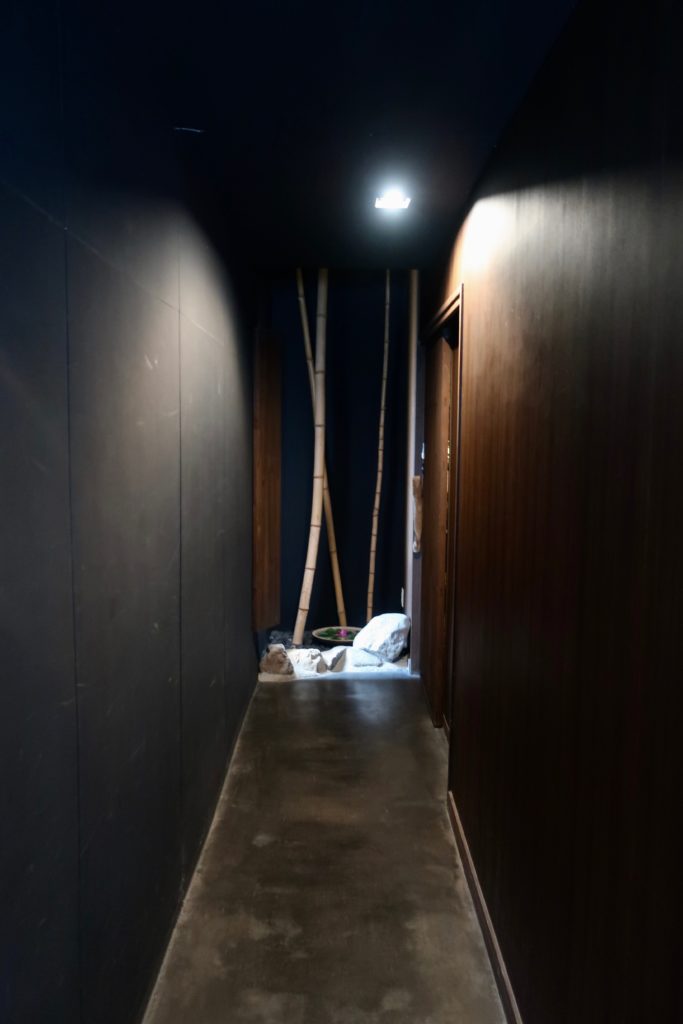
Photo credit : Chieko @untappedkumamoto
【Information and links】
手打ちそば たか木(Teuchi-soba Takaki)
Address : 601, Oohashi-dori, Yamaga-city, Kumamoto-prefecture
(熊本県山鹿市大橋通601)
Tel : 0968-36-9348
八千代座(Yachiyo-za)
Official English website










